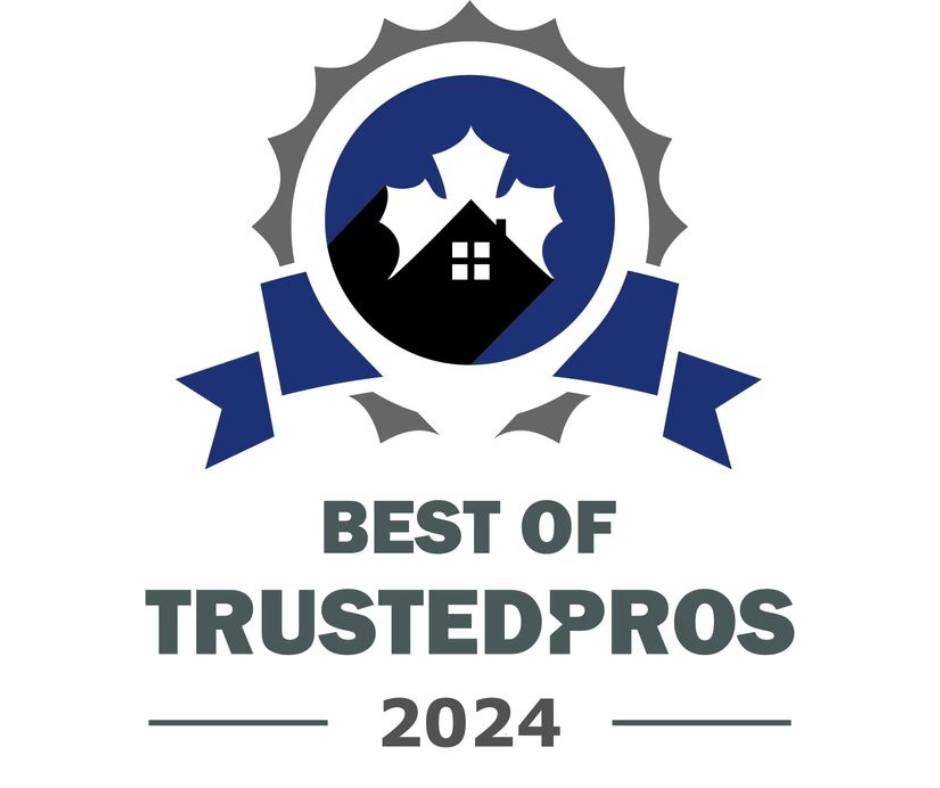How to Choose the Ideal Door Lock
Built
in Canada
1. Get a FREE QUOTE and we will bring SAMPLES to your home.
2. We will call you back during WORKING DAY
3. We guarantee Direct Price and Warranty from Manufacturer
Mar 6, 2024
8 min read
3628
Whether you live out in the country or in the middle of the city, protecting your home and family is a high priority. Choosing the ideal door lock is the first line of defense against intruders but how do you decide what to look for or what lock is best for your needs?
This guide will provide some insights about when it’s time to replace your door lock, the types of locks available on the market, how they work, and the grading system used to ensure the lock you select meets industry standards for quality and durability.
When to Replace Your Door Locks
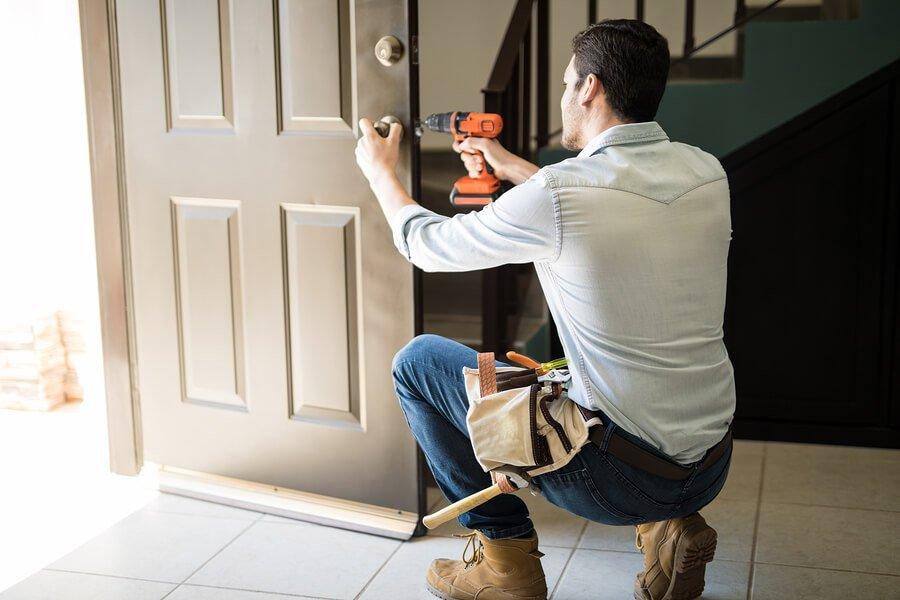
You can go for years without thinking about your door locks. It’s easy to take for granted that your home is secure, but if any of these situations pertain to you, it’s time for a replacement:
- Worn-out Locks—if you notice rust, tarnish or other signs of wear, it’s likely your locks will easily break or be compromised. Older locksets will also be difficult to operate, even with a good key. Don’t risk getting locked out.
- Forced Entry—it may seem counterproductive to replace your locks after a break-in, but once your locks have been damaged, you’re at a greater risk of another robbery. Even if only one lock has been affected, it’s time to replace all the exterior locks at your home.
- Missing Keys—keep intruders out of your home by replacing or re-keying your locks if your keys have been lost or stolen. If only one key operates all exterior locks, you’ll want to replace them all. Keyless entry systems are a great option if you’re prone to losing your keys often.
- New Tenants—protect yourself by replacing locks whenever you bring in new tenants. You’ll never have to worry that your previous tenant still has access or that they’ve given a key to someone else.
- Upgraded Doors—while it may convenient and less expensive to re-use your old locks when you install new doors, but it’s important to install new locks too. New features and a secure mechanism will outweigh any savings you may have gained from using the old, worn locks.
Types of Locks on the Market
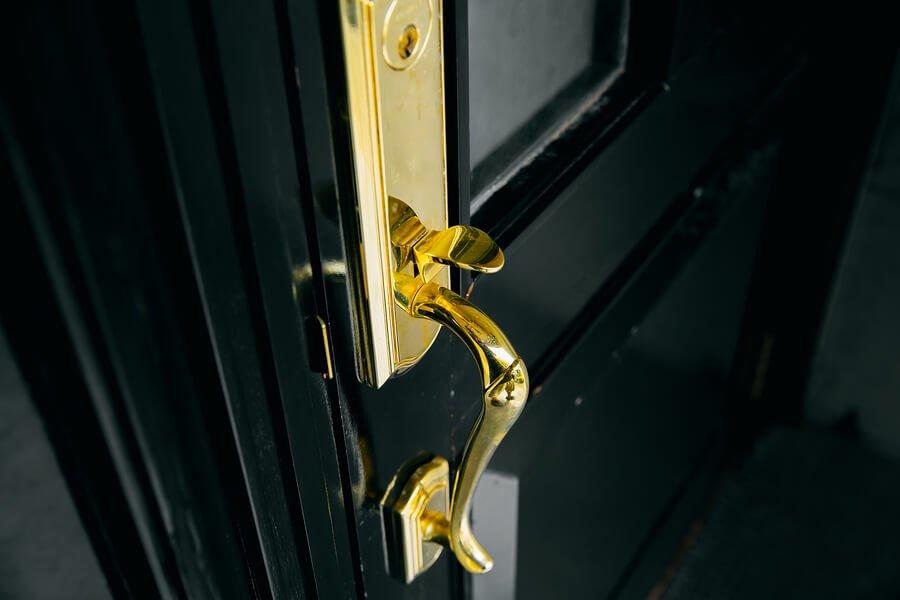
Of course, you’ll want to choose a handleset and lock that is both aesthetically pleasing and provides the best security for your home. There are many new and improved products on the market that range from traditional door knob locks to electronic and keyless styles. You’ll want to review the options and select the type that fits your specific door.
Handlesets
Decorative—elegantly designed and often used with ornamental front doors that have specialty glass. They usually include a thumb-opening handle with deadbolt.
Lever-handle—easy-open styles come in straight and curved designs. The two-piece configuration has a key lock handle and thumb-turn deadbolt.
Door knob—simple, inexpensive designs are available in a variety of looks and finishes. Can be used alone or with a deadbolt for extra security.
Electronic/Keyless Locks
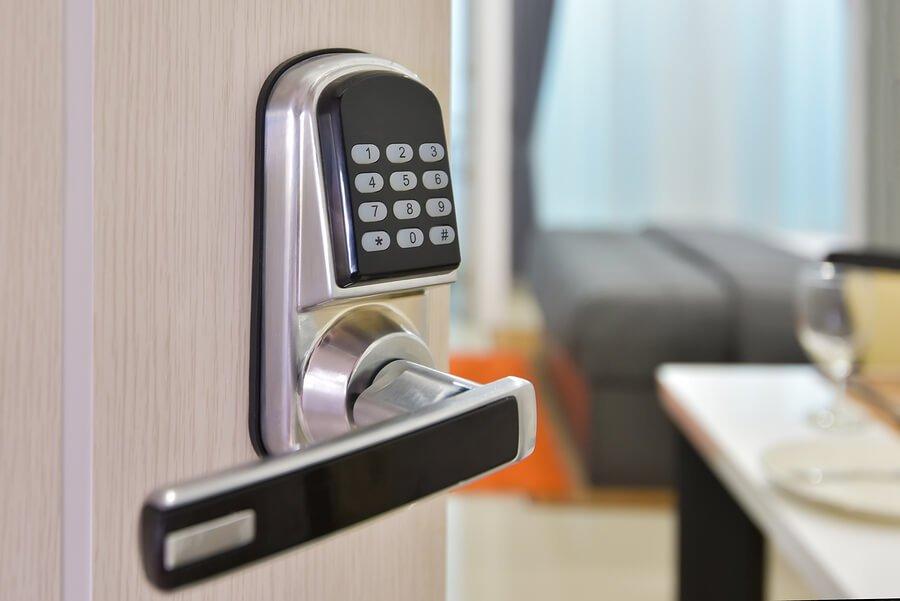
Have a little more to spend on security? You may want to choose a high-tech option for your front door lock. PC Magazine has reviewed several types on the market and provides a great comparison of the features for the top-rated models. These are pretty easy to use and don’t need a key to operate the deadbolt. Some models include an analog key pad where you punch in a custom code. Others have touchscreens or have Bluetooth connectivity to be opened via a smartphone app.
Additional features use a key fob entry, fingerprint recognition, integrated cameras, alarm systems and even an auto-unlock option that opens the door upon approach. Smart locks connect with smart home hubs that will allow you to monitor your home and control the locks remotely Many also have a redundant key option in case the electronic feature malfunctions.
Latch or Chain Interior Lock
These are installed on the interior surface of the door and provide an extra level of protection when you’re inside. It only allows the door to open slightly and can be used for ventilation or to see who is at the door without fully opening it. It can easily be opened from the inside but cannot be unlocked from the outside.
Bump- and Pick-Proof Locks
The only true way to bump- or pick-proof a lock is to make it keyless. However, some manufacturers are taking advantage of a new technology which uses a special locking pin prevents the cylinder from turning when a bump key is used.
Multi-Point Lock System
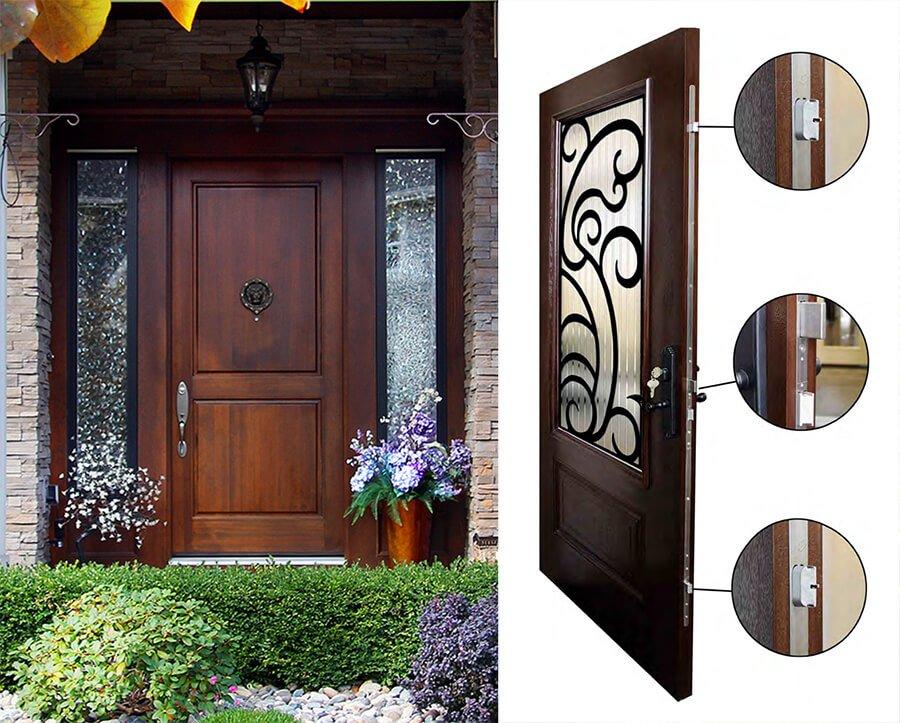
For the ultimate protection against forced entry, Ecoline door systems provide a 3-point locking system that activates a deadbolt, top and bottom latch bolts with a turn of the key for a strong, yet convenient lock. They are available on all 6’-8” and 8’ doors and come with a full-door, stainless steel lock faceplate, reinforced mortise construction and spring system, and automatically engages all three locks when you close the door. As an added bonus, the door is sealed tight to prevent air infiltration and warping.
Door Lock Pricing
While you may say, “Money is no object when it comes to home security,” spending more doesn’t always mean you’re getting the best lock for your home. All lock manufacturers offer a range of products from basic lockset and deadbolt combo priced between $50 and $100, to upgraded handlesets somewhere between $150 to $200, and high-tech electronic sets starting around $200 to $400, depending on features.
It’s important for you to decide which style you need then look for the locksets with the features you’ll use. There’s no need to purchase a top-of-the-line Bluetooth-enabled lock if you’re only going to use a standard key to access your home.
Lock Standards and Rating System
Home security is regulated to ensure that most entry door locks meet minimum standards. Look for locks that have been tested by the American National Standards Institute (ANSI) or the Builders Hardware Manufacturers Association (BHMA) so you’ll know they meet these criteria:
- Operation of the lockset
- Strength and durability
- Mechanics of the lock
- Overall security of the lock
- Material quality inspection
- Fit and finish of the lock
In addition, a lock grade is assigned to each style based on the number of times the lock opens and closes. Of the three grades used, Grade 1 is primarily used for commercial locks; knobs can perform 800,000 locking cycles and withstand 6 door strikes with a 360-pound weight; deadbolts can perform 250,000 cycles with 10 hammer test door strikes. Grade 2 and 3 are common for home use and can lock and unlock up to 400,000 cycles/4 door strikes and 250-pound weight (knob), 150,000 cycles/5 door strikes (deadbolt) and 200,000 cycles/2 door strikes and 150-pound weight (knob), 100,000 cycles/2 door strikes (deadbolt), respectively.
Burglar Resistance
Drill-resistant—Keeping burglars out will also depend on how difficult the lock is to penetrate. Drilling is the primary cause of lockset failure, so choosing a drill-resistant lock will slow down the intruder and possibly deter break-in.
Deadbolt—For the best security, add a deadbolt to every exterior door. The deadbolt should have hardened pins, be Grade 2 or better, and be secured through the inside of the door frame.
To prevent an intruder from kicking in the door, your deadbolt should come with a heavy-duty strike plate and be affixed to the door frame with 3-inch screws at minimum. Select a key lock for the inside (double cylinder deadbolt) over a thumb lock for even more security, especially if you have a door with decorative glass or sidelights. Check your local building codes to confirm this type of deadbolt is allowed. Keep an extra key close by in case of fire to allow for a fast exit.
Available Finishes
Manufacturers are focused on providing residential locksets to meet stringent security standards plus a variety of finishes to enhance the look of the door. Most door locks come in bright or satin chrome; oil-rubbed or aged bronze; bright, satin or antique brass, polished, satin or distressed nickel; or matte black finishes. These generally are offered for both the handle and deadbolt.
Installation
While you may be tempted to install new locks yourself, they really need to be installed by a professional to achieve the full benefit of security, energy efficiency and trouble-free operation.
Summary
Choosing the ideal door lock can be confusing but keep in mind that security should be the primary concern. Always choose a combination lockset that includes both a handle lock and deadbolt. Look for a Grade 2 or 3 ANSI- or BHMA-certified unit and decide if you need a traditional keyed system or a high-tech electronic smart system. Finally, determine what finish would best match your home’s decor.
By doing a little research, you’ll find the door lockset that matches your style and includes the best functionality you to keep you and your family safe.
If you have any questions or would like expert advice about installing a new lockset for your front entry door, contact Ecoline for a free, no-obligation appointment.
1750 Coast Meridian Rd #102,
Port Coquitlam, BC V3C 6R8
100, 17866 106A Avenue,
Edmonton, AB, Canada,
T5S 1V3
3307 Dunmore Rd SE #12,
Medicine Hat, AB,
Canada, T1B 3R2
2081 Merivale Rd #201, Ottawa, ON, Canada, K2G 1G9
by appointment only
109 Ilsley Ave Unit #3, Dartmouth,
NS, Canada, B3B 1S8




